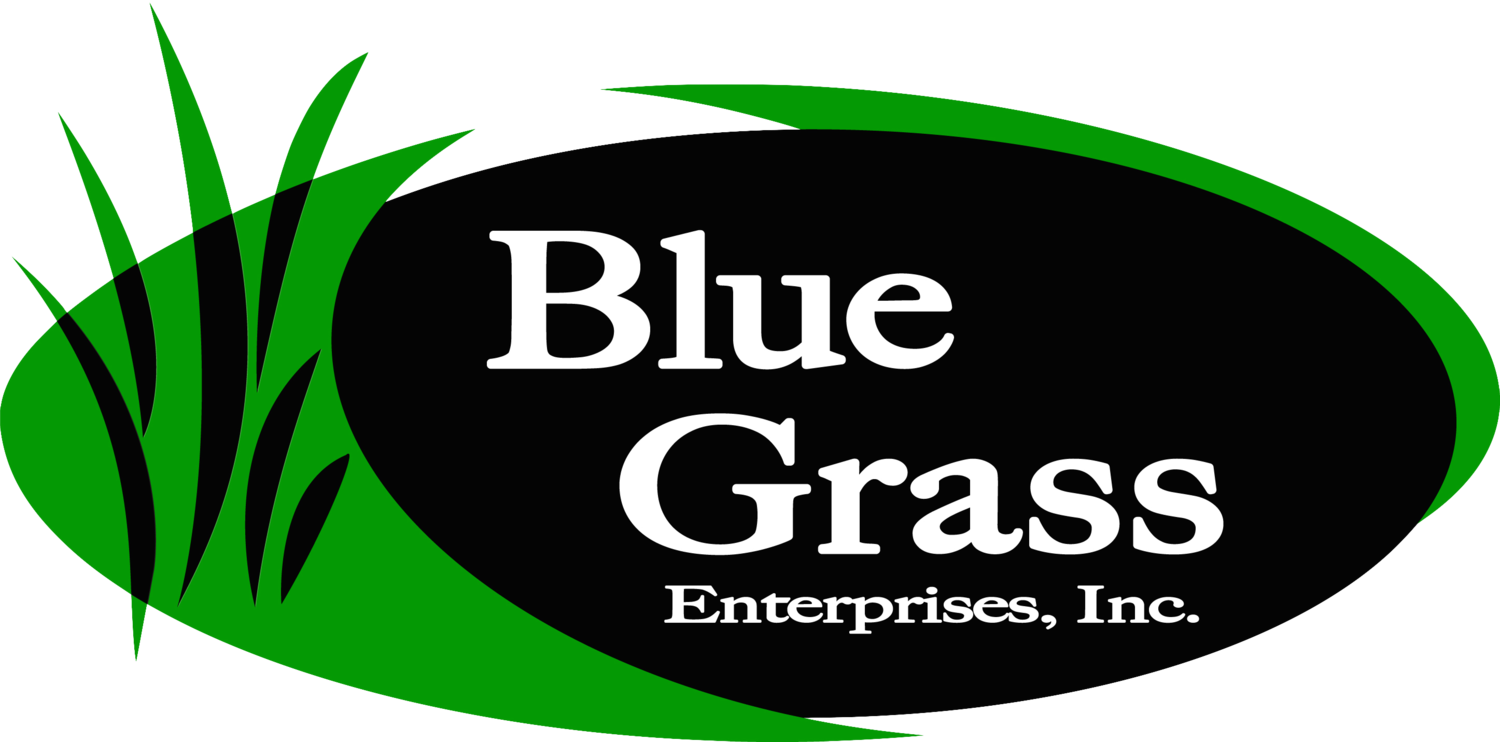When is it too late to seed?
With all of the damage done to lawns this year, there are still many, many people hoping to get grass seed down this fall to get a jump on lawn repairs.
The bad news for those who still want to seed this fall is that now really isn’t a good time to try to put seed down.
At the moment, soil temps are still warm enough that the seed may try to germinate in the coming weeks, at the same time, “Winter is coming” (thanks, Game of Thrones). It is most likely the seeds won’t be big/strong enough to make it through the coming winter.
There is one important thing I need to say before we discuss seeding techniques: What is the best thing you can do this fall if you still want to repair the damage? Sod (and 13-13-13).
I know you didn’t come here to read about sodding your lawn. But I am being 100% honest when I say this is a great time of year to sod and a very not-good time of year to seed. If you are looking for the least amount of risk: sod. You can sod until the ground freezes solid, which usually happens sometime between Thanksgiving and Christmas here in Iowa.
That said, sometimes the area that was damaged is so large it is not affordable to sod.
And that brings us to today’s topic: dormant seeding.
What is Dormant Seeding?
Dormant seeding is when a person deliberately waits to plant seed until soil temperatures are too cold for germination. In Iowa, the prime time for dormant seeding is usually from mid-November to early December.
As you can imagine, there are a lot of things that can go wrong with a dormant seeding method. To name a few, grass seed could go down too early (and germinate and die in the cold). Conversely, the grass seed may go down too late when the ground is too hard to physically plant the seeds for good seed-to-soil contact. We may have a year with little to no snow cover, leaving the seed exposed and vulnerable. The early spring may bring heavy rains that wash the seed away with melting snow. The seed may germinate in the early spring and then we might be hit with a “second winter” that kills it. The list goes on and on. This is why dormant seedings are the least popular of the seeding options in Iowa.
So why might people still be interested in this seeding method?
A successful dormant seeding gives you several weeks of a growing “head start” in the spring - especially if you do an early feeding with 13-13-13 to get things moving in late March or early April, depending on conditions.
This is what happens when someone doesn’t have good seed-to-soil contact for a dormant seeding and they walk across the area. Had the grass seed been planted properly, they would have had much greater success, as you can see from the boot print that pressed the seed into the soil. (Photo from the University of MN)
This head start would most likely be enough to allow you to put down a late-spring or early-summer crabgrass/weed preventer so you don’t have to spend the entire year susceptible to weed pressure. Dormant seedings are often the choice of people who are planning on late-spring outdoor gatherings, like graduation parties, weddings, or sporting events and they are hoping to get ahead of next year’s growing season.
So why not just wait for a regular spring seeding?
You certainly could and it would be less risky than a dormant seeding. The drawback is those seedlings must be old enough to have needed to be mowed two times before they are mature enough to handle something like a crabgrass preventer. This means if you are doing a spring seeding you cannot put down a crabgrass preventer in the early part of the year, leaving you open to weed pressure through most of the year.
Don’t do this. This is bad. rolls up newspaper and swats nose No! (No seed-to-soil contact.)
What steps are necessary to give me the best chances for success with dormant seeding?
Know you are taking a risk with your money and time. Grass seed is always a gamble, even during the best times of the year. Measure the area and choose your preferred grass seed here. We can get you a quote based on these two prices of information.
Wait until soil temps are consistently below 50 degrees. Typically this will happen around mid-November or early December.
Do everything in your power to get optimal seed-to-soil contact. Using an aerator or interseeder (also known as a slit seeder) is highly recommended.
Water is enough to saturate the ground without causing puddles or runoff.
Continue to water periodically until snow cover comes. Note, you shouldn’t have to water too often because of the cool temperatures in late fall/early winter. Once we get moisture it tends to stick around.
Pray for snow and gentle spring.
Be ready with 13-13-13 to feed the seeded area as soon as you see “peach fuzz” in the early spring. Remember, you can repeat applications of 13-13-13 every 2-3 weeks until optimal maturity is reached.
Remember: do NOT apply a crabgrass preventer next spring to any areas that are too small/young to have been mowed at least two times.
Truth be told, seeding always feels a bit like the Hunger Games…
All-in-all, a dormant seeding is possible, but you need to do your best to set yourself up for success and then pray Mother Nature looks kindly on you and your project in the spring. As they say in The Hunger Games, “May the odds be ever in your favor!”




